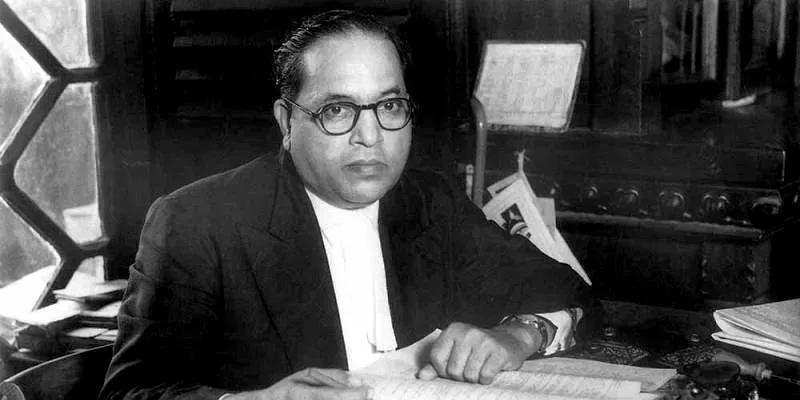Republic Day: 12 lesser-known facts every Indian should know
As India celebrates its 72nd Republic Day, YS Weekender brings to you some lesser-known facts on the significance of the occasion.
Republic Day, celebrated on January 26 every year, honours the date when the Constitution of India came into effect. The Constitution replaced the Government of India Act of 1935, declaring India a republic on January 26, 1950.
India is celebrating its 72nd Republic Day today, but it isn’t like any other year.
With the pandemic still lurking around, this year’s celebrations are curtailed — the spectator size, which was 1.25 lakh last year, has been reduced to 25,000.

Source: Shutterstock
Reportedly, the parade will be shorter than usual, and without a Chief Guest this time. Interestingly, for the first time, the Union Territory of Ladakh will also be participating in the Republic Day celebrations.
As the country celebrates a socially distanced Republic Day, YS Weekender brings to you some lesser-known facts about the special occasion:
- Republic Day celebrates the coming into force of India’s Constitution.
- India achieved independence on August 15, 1947. Post that, on August 29, a resolution was moved to appoint a Drafting Committee to form the Constitution. Before this, India’s governing laws were based on the modified colonial Government of India Act, 1935.
- Dr BR Ambedkar was the Chairman of the committee which put together the constitution.

Image : Wikimedia Commons
- The Draft Constitution was first submitted at the Constituent Assembly on November 4, 1947. After two years and eleven months of modifications, the Constitution was finally approved and signed by the members of the Assembly on January 24, 1950. Two days later, the Constitution came into effect on January 26, 1950, marking India’s first Republic Day.
- The original document, signed by the 308 members of the Assembly, was handwritten in English and Hindi.
It is also the world’s longest handwritten Constitution consisting of 444 Articles, divided into 22 parts and 12 schedules. Till date, the Constitution of India does not have any printed copy.
- Between 1950 and 1954, Republic Day parades were held at four different locations —Red Fort, Ramlila Grounds, Irwin Stadium, and Kingsway.
- Starting 1955, Republic Day celebrations have been held in Rajpath — the boulevard that runs from Rashtrapati Bhavan through the India Gate to the National Stadium in Delhi. Rajpath was earlier known as the Kingsway, in honour of the then Emperor of India, George V. Following independence, the road was renamed to Rajpath, which means King’s Way in Hindi.

Republic Day parade | Source: Shutterstock
- The celebrations are held before the President of India, and are spread across three days — January 26 to January 29.
- During the Beating the Retreat Ceremony on the last day of celebrations, Mahatma Gandhi’s favourite hymn Abide With Me is played.
- Every year, there is a Chief Guest in attendance. The first Chief Guest to grace India’s Republic Day celebrations was President Sukarno of Indonesia. Last year, it was President Jair Bolsonaro of Brazil.
- For the inaugural parade held at Rajpath in 1955, Malik Ghulam Muhammad, the Governor General of Pakistan, was the Chief Guest.
- On the eve of Republic Day, India’s highest military and civilian honours — Kirti Chakra, Padma Awards, and Bharat Ratna are announced. The awards are given out to the recipients on January 26 by the President of India.
Let us know below if you are aware of more interesting facts besides the one we mentioned. Here’s wishing every Indian a Happy Republic Day!
Edited by Sohini Mitter








